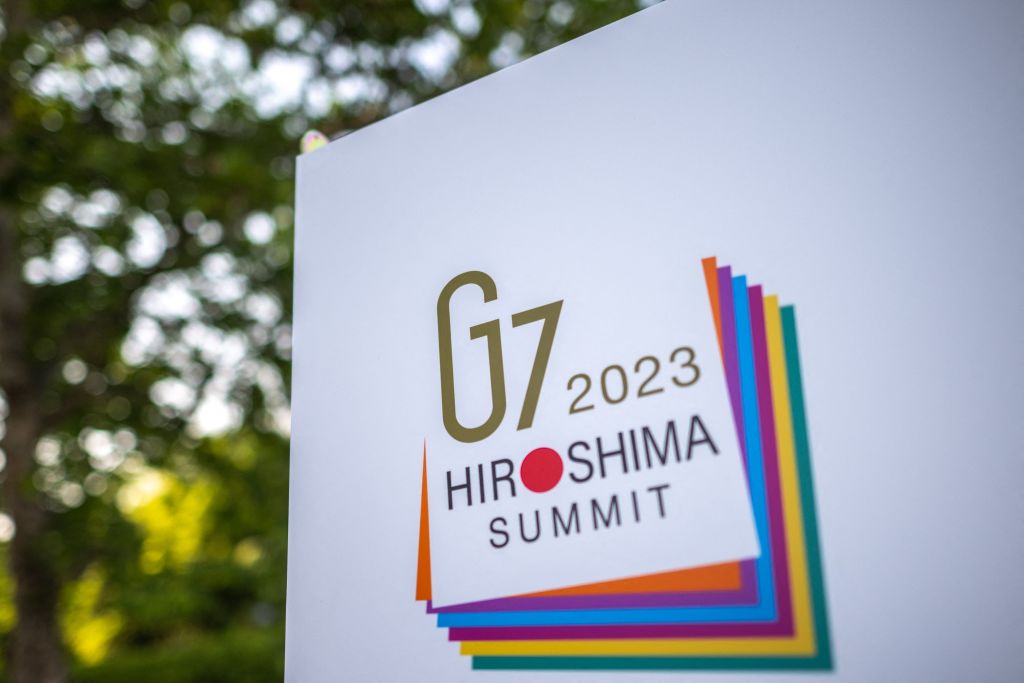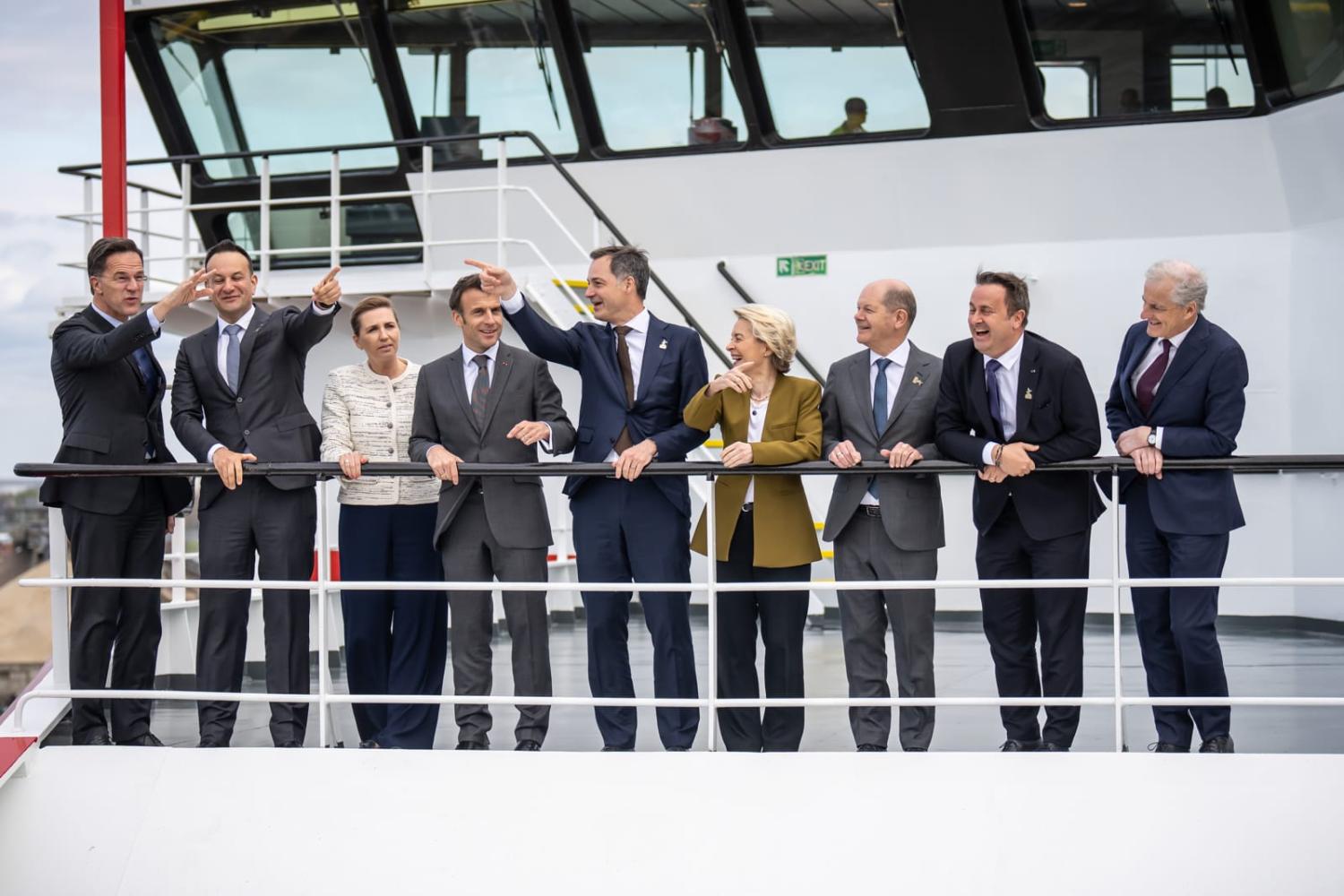While the focus of the G-7 meeting in Hiroshima this week will be on Russia, the gathering leaders will have China on their minds. But could differences in Europe over how best to manage relations with Beijing impact the group’s cohesion?
Recent weeks have demonstrated that the debate on China in Europe is defined as much by divergence as it is by alignment, for all the strong policy signals coming from Brussels.
Two factors are important in this story. First, Berlin and Paris seem to have an incomplete understanding of China’s priorities. And second, divisions within the European Union mean that the bloc can’t agree on elements of its approach.
The EU has classified China as a partner, competitor, and systemic rival since 2019. This “triptych” will remain in place even as the EU has begun to recalibrate its approach to its largest trading partner. While there is broad agreement that the latter two categorisations are now eclipsing the former, the EU will continue to place great emphasis on engagement with China.
There is also in principle support among the EU member states for a “de-risking” strategy, both in economic and strategic terms. Recent examples of such an approach include measures such as reducing its dependency on China for critical raw materials and preventing future Chinese economic coercion. Also on the table is an outbound investment screening instrument for “a small number of sensitive technologies”, similar to what the US is currently putting into place.
Implementing such policies consistently across the bloc, however, will remain difficult.
First, the Franco-German “motor”, which largely drives EU policy, is still willing to bet heavily on China. German conglomerates in particular are unwilling to find alternatives to the lucrative Chinese market, while Chancellor Olaf Scholz, himself pushing back against the more China-cautious voices in his coalition government, is reportedly in favour of resuscitating the Comprehensive Agreement on Investment (CAI). Macron’s France, meanwhile, is actively trying to discourage the continuing exit of French companies from China.
Second, Macron has renewed calls for Europe to develop “strategic autonomy” – away from the United States. As with many US partners and allies, these policy directions are in part fuelled by a fear of the return of Trump(ism).
Third, this camp seems to believe that it can incentivise (in the case of Germany) or charm (in the case of Macron), China away from Russia. Such thinking indicates at best a grave misreading and at worst a wilful ignorance of China’s strategic priorities.
While Europe remains China’s second-largest trading partner and has an interest in preventing the bloc from aligning too closely with the United States, China places significantly higher strategic value on Russia. China’s Xi Jinping sees Russian President Vladimir Putin as an important ally in creating a new China-centric world order. Beijing also values Russia as a stable neighbour (it’s easy to forget from afar that China and Russia share an extended border that hasn’t always been peaceful). And China enjoys the economic benefits it can extract from a Russia that buckles under sanctions.

Another factor that complicates a discerning, unified European approach to China is a divergence of views between Western and Southern European capitals on the one hand, and the Central and Eastern European (CEE) region on the other.
CEE countries have become more hawkish on China for several reasons. The erstwhile “17+1” mechanism failed to produce promised extensive economic benefits. Then came China’s economic coercion of Lithuania. The three Baltic members have since left the mechanism.
China’s support of Russia following the invasion of Ukraine is acutely felt in CEE. Beijing’s echoing of Russian talking points about “legitimate security concerns” and “military blocs” finds little resonance in a region where NATO is an important security guarantor. And having warned about dependency on Russia for decades, many CEE countries are reluctant to go down the same road when it comes to technology and clean energy.
It’s difficult to see how Europe could conceivably achieve all three policy objectives at once: pull China away from Russia, maintain important economic ties, and mitigate economic dependencies. China will be unlikely to allow Europe to have its cake and eat it, too. Meanwhile, Xi will feel confident that he continue China’s friendship with and tacit support of Russia without getting too much pushback by Western and Southern Europe, while exploiting internal European divisions.
For Australia, a Europe that strives to be a “third superpower” that can engage and hopefully caution China without confrontation is a good thing. Still, Australia wants Europe to have a clear view of the nature of Xi’s China and wants Europe and the United States aligned when it counts.
The diversity of the European bloc makes it unrealistic to expect it to always agree with its transatlantic and Indo-Pacific partners – or even with itself. Some European governments and businesses will continue to bet heavily on China. Yet, if European capitals, Brussels, and Washington continue on different paths, immediate economic interests will continue to overshadow common, long-term strategic goals, including unity of purpose among the democratic world and its leading institutions.

